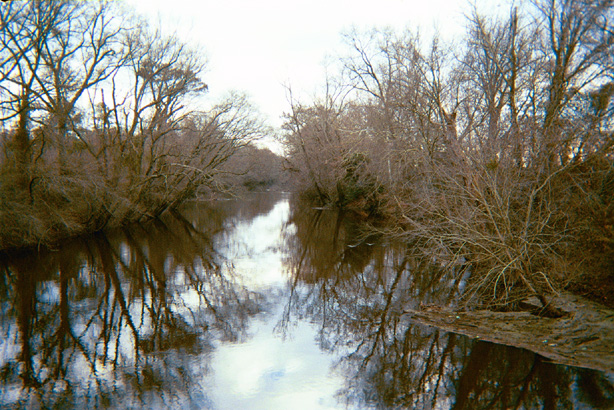John Lawson Redivivus at East Carolina University

John Lawson Redivivus at East Carolina University
By Everett Wilkie
Nobody is quite sure exactly what happened to him. Some believe his throat was cut; others, that he was hanged. Yet others think that he was executed by the horrible method he described in his 1709 New Voyage to Carolina. By this method many small slivers of pitch pine are stuck in the victim’s skin and then set afire. The victim would slowly and horribly burn to death, for, as every Southern Boy Scout knows, pitch pine will light easily with a match because it is so imbued with resin. By whatever method the deed was done, the English explorer and naturalist John Lawson lost his life in North Carolina at the hands of the Tuscaroras in their village of Catechna in September, 1711. The Tuscaroras, who are the only ones who truly knew how Lawson died, took their secret with them to their graves.
A new electronic exhibition about Lawson opened at East Carolina University, Greenville, NC, on 2 January 2003, as part of the University’s Eastern Carolina Digital History Exhibits. It is the fourth in the ongoing series, preceded by the “ECU Centennial Exhibit,” “Steamers Exhibit,” and “Tobacco Exhibit.” Available at http://www.lib.ecu.edu/exhibits/lawson, the exhibition, “John Lawson: Imagining a Life,” is well worth an electronic visit and provides many new and interesting views on the life of the man who was the most prominent explorer and interpreter of early North Carolina settlement, her plants and animals, and her Native Americans. Carefully thought out and planned, the exhibit takes full advantage of the powerful imaging and textual capabilities provided by computers and by those means makes available material that would otherwise be difficult to present in any other way. It will be of interest to any Americanist interested in early British colonies in North America and to anyone concerned with botany or plants.
Divided into three thematic sections—“Adventurer,” “Entrepreneur,” and “Naturalist”—the exhibition takes the viewer through the various facets of Lawson’s life, about which very little is truly known. Before 1700, when he arrived in the Carolinas, he is an enigma. Most of what is known about his activities in the New World is relayed by his own book and by the occasional, contradictory comments on him left by others. As the exhibit preface states, “… the facts are often vague.” The exhibit relies on sources from all eras and presents not only texts contemporary with Lawson but also texts that are modern historical interpretations of his life. (The older texts are given in both original and modernized forms.) Thus, in many ways, this exhibition, which was assisted by a group of scholars, is not just a collection of objects but rather an attempt to newly understand Lawson’s life.